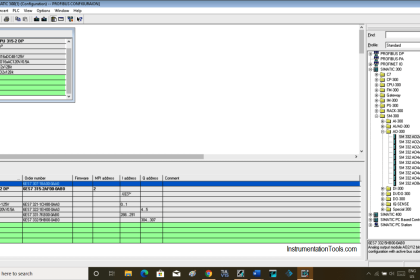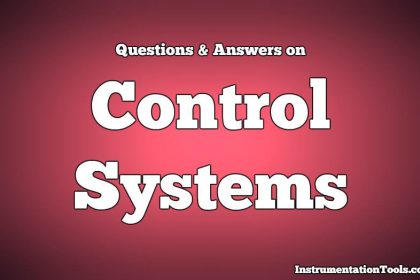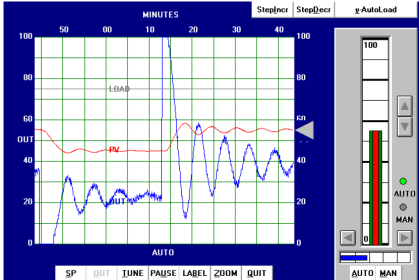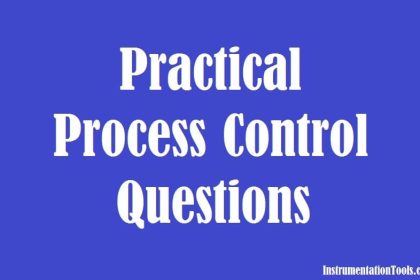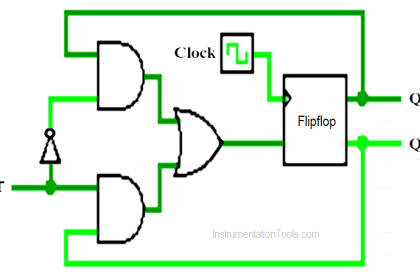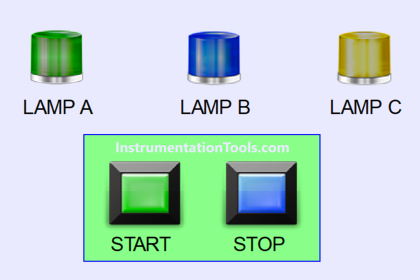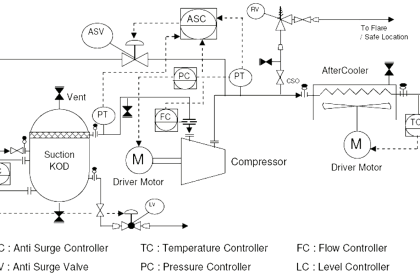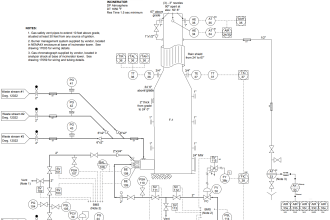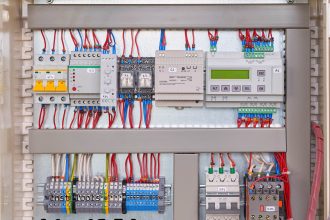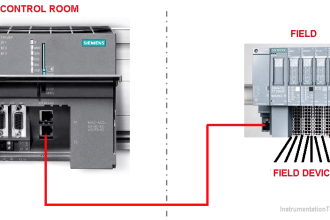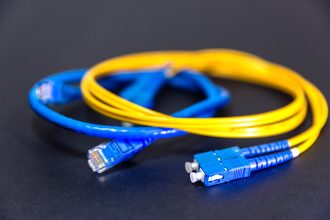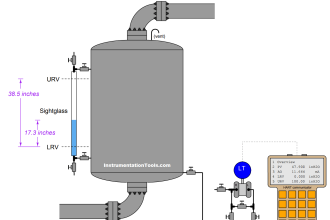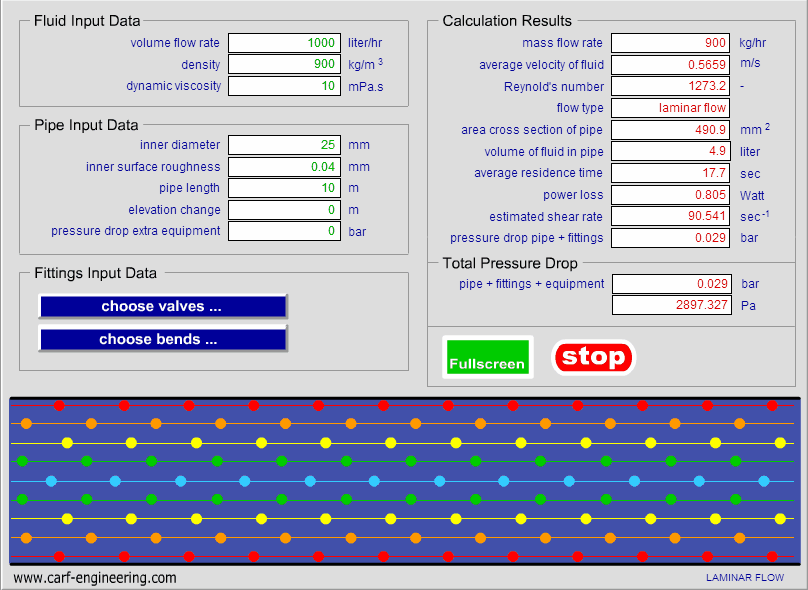Test your knowledge on the basics of sinking and sourcing with this automation system MCQ educational resource.
Basics of Sinking and Sourcing
Study the explanations for the sourcing and sinking questions from the below video.
Question 1
What is the main difference between sinking and sourcing in PLCs?
A. Sourcing sinks current from the device
B. Sinking sources current to the device
C. Sourcing sources current to the device
D. Sinking sinks current from the device
Show the Answer
Sourcing sources current to the device
Question 2
Which of the following is an example of a sourcing input device?
A. PNP transistor
B. N-channel MOSFET
C. NPN Darlington pair
D. NPN transistor
Show the Answer
PNP transistor
Question 3
In a sinking input module, how is the sensor connected?
A. Sensor’s negative to module’s negative
B. Sensor’s negative to module’s positive
C. Sensor’s positive to module’s positive
D. Sensor’s positive to module’s negative
Show the Answer
Sensor’s negative to module’s positive
Question 4
Why might a engineer choose a sourcing output module for a PLC system?
A. More reliable switching
B. Matches with NPN sensors
C. Higher voltage compatibility
D. Easier to find components
Show the Answer
Matches with NPN sensors
Question 5
What is a characteristic of a sinking output device in a PLC?
A. Provides current to the load
B. Connects to positive voltage
C. Receives current from the load
D. Uses PNP transistors
Show the Answer
Receives current from the load
Question 6
How does a sourcing input module affect the wiring of field devices?
A. Requires negative field wiring
B. Uses neutral field wiring
C. Can use any wiring
D. Requires positive field wiring
Show the Answer
Requires negative field wiring
Question 7
Which component is essential for a sinking input configuration in PLCs?
A. NPN transistor
B. PNP transistor
C. Zener diode
D. P-channel MOSFET
Show the Answer
NPN transistor
Question 8
What advantage does a sourcing input module offer over a sinking one?
A. Compatibility with more sensors
B. Higher current handling
C. Better noise immunity
D. Easier to wire
Show the Answer
Compatibility with more sensors
Question 9
When using a sinking input module, what type of field device is typically required?
A. Neutral device
C. Sinking device
D. High impedance device
Show the Answer
Sourcing device
Question 10
What is a common application of sinking output modules in industrial automation?
A. Lighting control
B. Driving relays
C. Powering sensors
D. Controlling AC motors
Show the Answer
Driving relays
Question 11
In a sourcing output module, how is the load connected?
A. Load’s negative to module’s positive
B. Load’s positive to module’s positive
C. Load’s positive to module’s negative
D. Load’s negative to module’s negative
Show the Answer
Load’s negative to module’s positive
Question 12
Why might an engineer use a sinking input module in a PLC system?
A. Simplified wiring
B. Higher voltage compatibility
C. Easier to troubleshoot
D. Matches with PNP sensors
Show the Answer
Matches with PNP sensors
Question 13
What type of transistor is used in a sourcing output configuration?
A. NPN transistor
B. N-channel MOSFET
C. P-channel MOSFET
D. PNP transistor
Show the Answer
PNP transistor
Question 14
What is a typical use case for a sourcing output module in a PLC?
A. Driving solenoids
B. Controlling stepper motors
C. Switching AC loads
D. Interfacing with NPN sensors
Show the Answer
Interfacing with NPN sensors
Question 15
Which statement best describes the sinking input concept in PLCs?
A. Input connects to positive voltage
B. Input switches AC loads
C. Input supplies current to sensor
D. Input receives current from sensor
Show the Answer
Input receives current from sensor
Question 16
How does a sinking output module control a load in a PLC system?
A. Provides positive voltage to load
B. Connects load to ground
C. Supplies AC power to load
D. Receives current from load
Show the Answer
Connects load to ground
Question 17
What type of field device is compatible with a sourcing input module?
A. N-channel MOSFET
B. NPN sensor
C. PNP sensor
D. P-channel MOSFET
Show the Answer
NPN sensor
Question 18
Why is it important to match sinking and sourcing devices in a PLC system?
A. Ensures voltage compatibility
B. Matches current flow direction
C. Increases system reliability
D. Reduces wiring complexity
Show the Answer
Matches current flow direction
Question 19
What is the role of an NPN transistor in a sinking input module?
A. Sinks current from the module
B. Provides current to the module
C. Connects to positive voltage
D. Acts as a voltage regulator
Show the Answer
Sinks current from the module
Question 20
How can a sourcing output module affect the overall PLC system design?
A. Improves noise immunity
B. Simplifies wiring
C. Increases power consumption
D. Limits sensor choices
Show the Answer
Simplifies wiring
Read Next:
- PLC Sinking and Sourcing Explanation
- Difference Between PNP and NPN Sensors
- PLC Digital Input and Digital Output Modules
- PID Controller in Closed Loop Control System
- Contactor – Basics, Wiring, Connection with PLC
